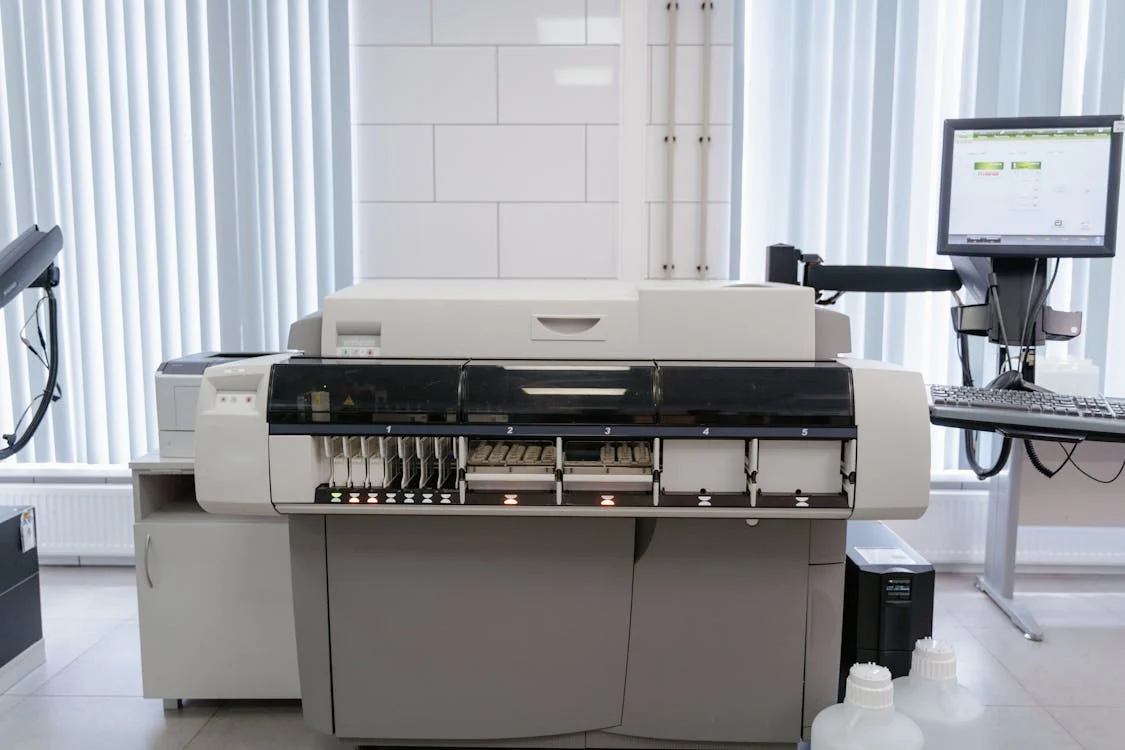In today’s digital age, sublimation printing has become increasingly popular for creating vibrant and durable prints on various surfaces. Whether you’re a professional photographer, a small business owner, or a crafting enthusiast, investing in the right sublimation printer is essential for achieving high-quality results. With so many options available in the market, it can be overwhelming to make the right choice. Fear not! This article provides expert advice and insights to simplify your decision-making process.
Understanding Sublimation Printing
Sublimation printing is a process that involves transferring dye onto materials such as fabric, metal, or ceramic using heat and pressure. Unlike traditional printing methods, sublimation printing offers vivid and long-lasting results that won’t fade or crack over time.
Sublimation printers utilize special dye-sublimation inks that are converted into a gas when heated, allowing them to penetrate the surface of the material and create a seamless bond. This results in prints that are not only vibrant and detailed but also resistant to water, UV rays, and general wear and tear.
Benefits of Sublimation Printing
- Vibrant Colors: Sublimation printing offers unparalleled color reproduction, making it ideal for creating eye-catching designs.
- Durability: Sublimation prints are highly durable and resistant to fading, making them suitable for various applications.
- Versatility: Sublimation printing can be used on a wide range of materials, including textiles, ceramics, and metal, offering endless creative possibilities.
Factors to Consider When Choosing a Sublimation Printer
Choosing the right sublimation printer can significantly impact the quality and efficiency of your printing projects. Here are 10 essential factors to consider:
1. Print Size and Resolution
The print size and resolution are crucial considerations when selecting a sublimation printer. Determine the maximum print size you require and opt for a printer with a resolution that meets your quality standards.
2. Ink System
Different sublimation printers utilize various ink systems, including cartridge-based systems and continuous ink systems. Consider your printing volume and budget when choosing between these options.
3. Printing Speed
If you have high-volume printing needs, opt for a sublimation printer with fast printing speeds to enhance productivity without compromising quality.
4. Compatibility
Ensure that the sublimation printer you choose is compatible with your preferred design software and operating system to streamline your printing workflow.
5. Connectivity Options
Consider the connectivity options offered by the sublimation printer, such as USB, Ethernet, and wireless connectivity, to ensure seamless integration with your existing setup.
6. Media Handling
Evaluate the printer’s media handling capabilities, including the types and thicknesses of materials it can accommodate, to ensure compatibility with your printing requirements.
7. Cost of Ownership
In addition to the initial purchase price, consider the ongoing costs of consumables such as ink cartridges and maintenance kits to determine the total cost of ownership over time.
8. Brand Reputation
Research the reputation of the sublimation printer brands you’re considering, paying attention to factors such as reliability, customer support, and product warranties.
9. User-Friendly Features
Look for user-friendly features such as intuitive touchscreen interfaces, automated maintenance routines, and onboard troubleshooting guides to simplify operation and maintenance.
10. Reviews and Recommendations
Before making a final decision, read reviews and seek recommendations from industry experts and fellow users to gain insights into the performance and reliability of the sublimation printers you’re considering.
FAQs (Frequently Asked Questions)
How does a sublimation printer work?
A sublimation printer uses heat and pressure to transfer dye onto materials, resulting in vibrant and durable prints.
What materials can be printed using a sublimation printer?
Sublimation printing can be used on various materials, including textiles, ceramics, and metal.
Is sublimation printing environmentally friendly?
Sublimation printing produces minimal waste and consumes less energy compared to traditional printing methods, making it an eco-friendly option.
Can I use any ink with a sublimation printer?
No, sublimation printers require special dye-sublimation inks that are formulated to work with the heat and pressure involved in the sublimation process.
How long do sublimation prints last?
When properly cared for, sublimation prints can last for many years without fading or deteriorating.
Are sublimation printers suitable for commercial use?
Yes, sublimation printers are widely used in commercial applications due to their ability to produce high-quality and durable prints.
Conclusion
Choosing the perfect sublimation printer is a crucial decision that can significantly impact the success of your printing projects. By considering factors such as print size, resolution, ink system, and connectivity options, you can make an informed decision that meets your specific needs and requirements. Remember to research thoroughly, read reviews, and seek recommendations to ensure that you invest in a sublimation printer that delivers exceptional results and enhances your creative endeavors.
